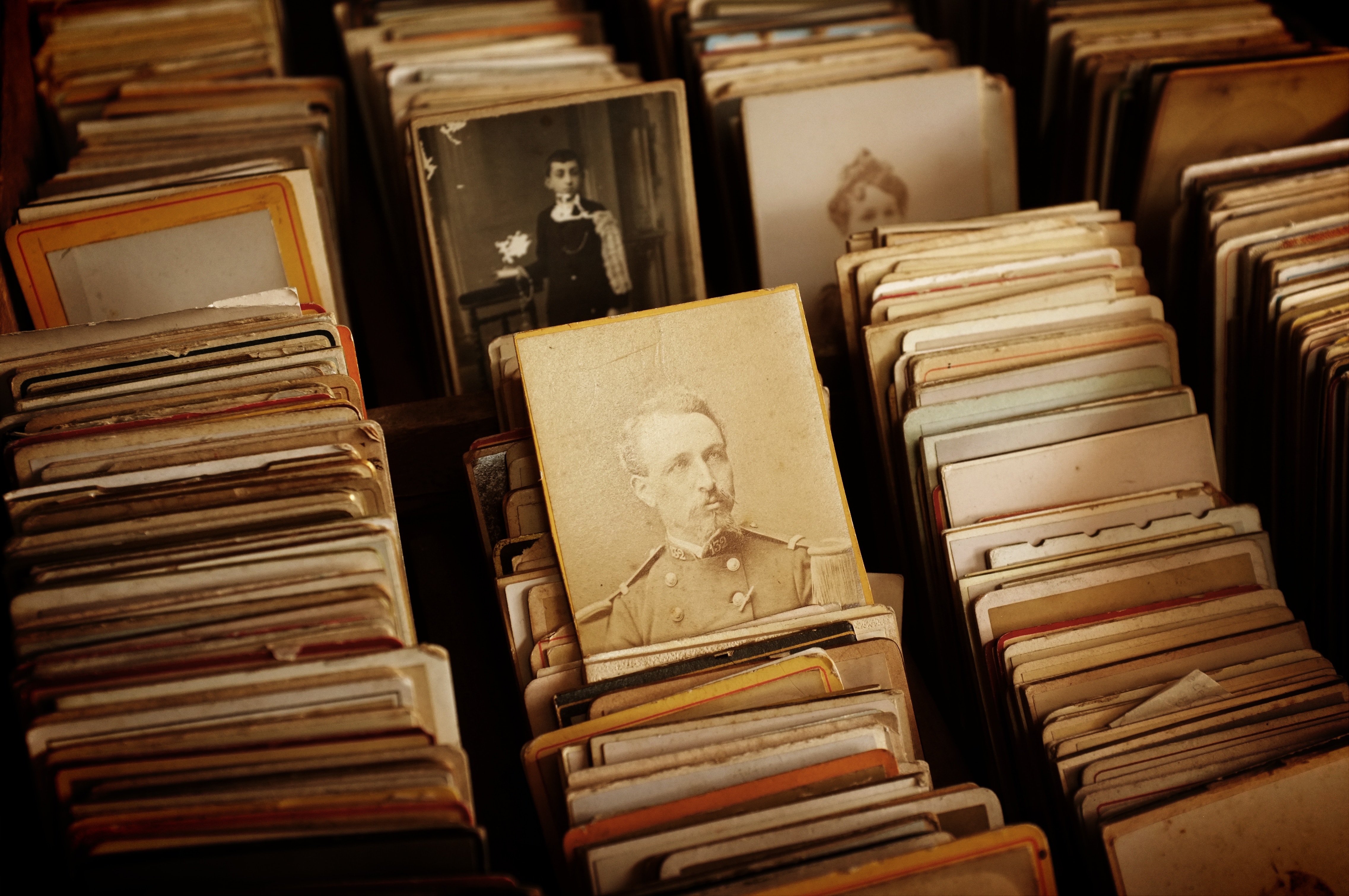part 1 | part 2 | part 3 | part 4 | part 5 | part 6 | listen
Last year, I made a piece of music in collaboration with Mascha for the second A Whale's Lantern compilation. (Yes, I am Pulsing Bulb. I keep thinking of better band names, but they're all taken.) Now, I'm signed up to do it again, for the fourth compilation, whose loosely-binding theme is Portraits.
My collaboration partner this time is Lou, who likes prog rock and metal, post-rock, jazz and classical music. My initial feeling is that we'll go in a post-rock kind of direction, but somewhat constrained by our lack of capability to record any instruments much outside of guitar and bass.
But before we can actually compose anything, we need a concept. We need a working definition of what a portrait is, and a plan for interpreting it as music. What follows is a compilation of my notes on how to approach it.
The Portrait of Dorian Gray - I expect this has crossed some of the other musicians' minds too. How could a piece of music stay beautiful while, in a hidden way, also becoming ever uglier?
How could a piece of music shadow the painting process?
Model → sketch → paint → frame
Found sound → simple imitation → orchestration and harmony → mixing and mastering
Painting techniques:
- Sfumato - the Mona Lisa Smile - ambiguity and enigma through undefined edges
- Chiaroscuro - light and dark - strong contrasts
- Cubism - god's-eye view - looking at a motif from many angles at once (suggests fugue?)
- Whatever it was Francis Bacon did to the Pope
Composition / composition: what does the word mean in painting and in music? Is there a way to blend the two?
Palimpsest / overpainting... a portrait painted on top of another / a melody constructed as the counterpoint to another, then the original is obscured / removed?
Symbolism in early modern portraiture - Vanitas / memento mori / whatever objects they're holding / colours of clothes / animals / fruit / hand gestures are sure to mean something. Can we sample or portray objects which have a meaning? (Matmos did sample a human skull to make the track Memento Mori. Hard to beat that.)
(If you haven't heard the Matmos album A Chance to Cut is a Chance to Cure, please find a way to do that. It's an amazing piece of work.)
There's definitely material in the narrow definition of a portrait as a formal painting of a specific person, but we could widen it:
- Photographs (thinking of 19th century formal portraits, but also mid-century Kodachromes and disposable digital snaps)
- Sculptures
- Coats of arms
- Mirrors
- Caricatures
- Death masks
- Selfies (The Laser Pose is a good name for a song)
- Pictures of mythical people, gods, non-humans
- Earliest rock paintings - handprints to say "I was here"
- Bach using the notes B A C H as a theme, as you can in German
- Takemitsu using the notes B C E from the name Bryce as a theme, and only afterwards finding out that Bryce means brook, i.e. Bach.
- Aphex Twin putting a reverse FFT of his own face into one of his tracks so that you can see it in a spectrogram (of course there's an app for that, PhonoPaper)
- Or there's the piano roll portrait approach.
Continued in part 2


Comments
No comments yet. Be the first to react!